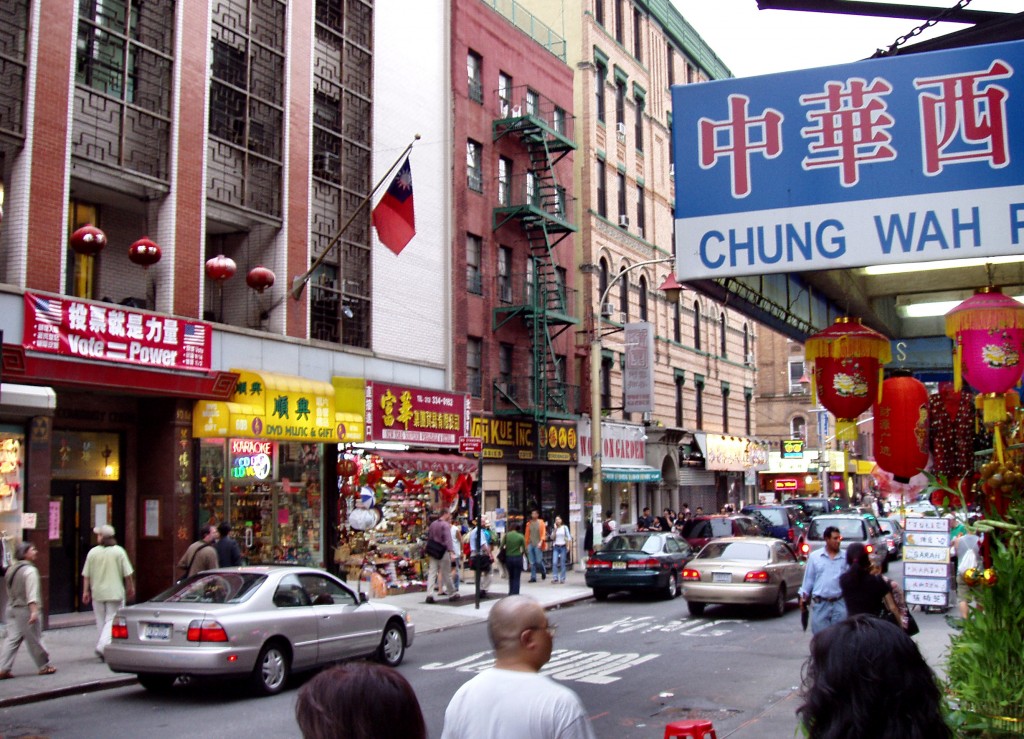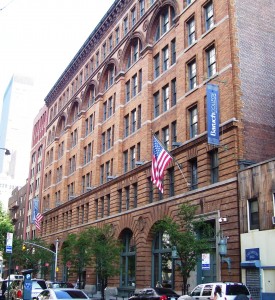CITY HALL – On July 23, the New York City Council voted 41-0 on a bill that would demand an annual report on the compliance of park and recreational facilities with Americans with Disabilities Act standards.
Mark Levine, New York City Council member and chairman of the Committee of Parks, is not only the prime sponsor of the bill, but also a strong advocate for equality.
Policy plays an important role in obtaining equality for all New Yorkers. “How quickly are we making progress toward the critical goal of 100 percent accessibility in our parks facilities? Until now the council and the public have had no way to answer that question. Intro 558A is … designed to change that, by giving us for the first time regular reports on accessibility assessments and retrofitting plans,” says Levine.
According to Center for Independence of the Disabled, New York, 889,219 individuals live with disabilities – that is 11 percent of New Yorkers. “If our park system is truly going to be for all New Yorkers then that surely must include those New Yorkers with disabilities” says Levine.
At the Council Meeting, Levine said, “The report would detail whether each assessment was done during the course of regular construction work or as the result of a complaint as well as what work was done and what work will be done to bring such facilities into compliance during the calendar year when the report is issued. It would also include a updated list of Parks Department Facilities that are specifically designed for use by disabled persons.”

 When it’s clear that the train has been delayed, many try to take a tram. But, even here residents face challenges. “That’s another $2.75 you have to pay,” says Jessica because “no one is compensating us” for the swipe for the F train.
When it’s clear that the train has been delayed, many try to take a tram. But, even here residents face challenges. “That’s another $2.75 you have to pay,” says Jessica because “no one is compensating us” for the swipe for the F train. 
 n estimated thousand new residents to the island by 2019.
n estimated thousand new residents to the island by 2019.



